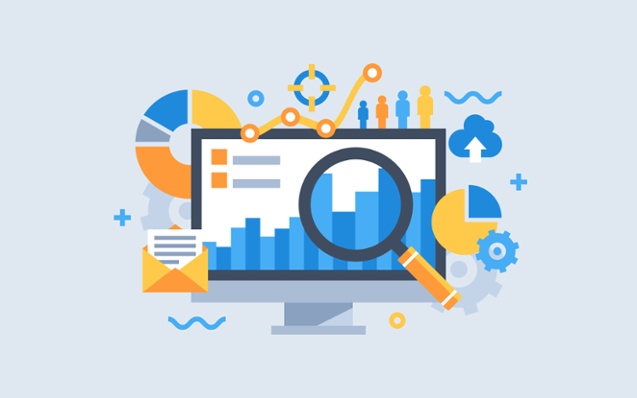
Incredible advancements in medicine have been made in the last couple of decades; smartphones can now assist in remote healthcare monitoring, 1 in 5 Americans wear a fitness tracker, robotic surgery is shortening recovery times, and the pandemic catapulted telemedicine into the mainstream. Yet somehow, despite these improvements, life expectancy has been steadily declining in the United States since 2014.
Healthcare technology alone cannot protect people from social determinants of health (SDOH), the factors in everyday life that impact our well-being. How we live, work, and play, the people around us, our economic status, food security, education, and dozens of other conditions significantly affect our physical health.
Addressing SDOH is the responsibility of the full community. Improved social conditions can save lives, reduce costs, address health disparities and help patients in a variety of profound ways. Public health organizations and community charities are stepping up to address these issues in many cases. However, the needs are so broad and the challenges are so great that it is sometimes difficult to know where to start.
With any large-scale change, the best course of action is to set and work towards measurable goals. With that in mind, here are three components that will ensure progress in addressing SDOH.
Data
The latest estimates show that across the globe, we are creating more than 2.5 quintillion bytes of data daily. There is no doubt that we are living in an age of unprecedented information at our fingertips, so it makes sense to use that data to make informed choices about how to address SDOH effectively.
In the last several years, research has accelerated to help healthcare providers and policymakers better understand SDOH specific to their communities. Data collected during patient interactions is used to inform how we can support people in non-clinical areas including affordable housing, access to healthy food, and mental health resources.
Where we can improve is in using data to A) find proactive ways to lessen the impact of SDOH before serious medical conditions arise and B) to better track current efforts to mitigate SDOH. The best way to accomplish both of these is to strive for greater interconnectivity between clinicians, community organizations, social groups, and government agencies. Data that is shared across platforms can be used to paint a broader and clearer picture of which SDOH are causing the most harm, and where resources can do the most good.
People
People are perhaps the most powerful tool in the effort to move the needle on SDOH. Data provides context and direction, and technology gives us more actionable options, but people turn insights into action. People have the capacity for compassion and can follow the data, ask the bigger questions, and find impactful solutions to address the social factors driving poor outcomes in their communities.
Community Health Workers (CHW) help bridge the gap between people receiving the care and services available to them, proactively, before they reach an emergency room. Having trusted people with lived experience in the community that can provide guidance, and can educate and empower people to get the help they need, is critical. They can help address some of the non-clinical drivers of health, like food insecurity or unstable housing. Taking a proactive, whole-person care approach can ensure the right people receive the services and care they need to improve health disparities.
Technology
New technology arrives on the healthcare scene constantly. Tech innovations are being used to identify and address SDOH. Data collection is part of it, but there are other, more specific technological aspects to public health that don’t necessarily make headlines.
For example, digital patient portals, which were developed in the 1990s and became popular in the mid 2000s, are still underutilized as a tool for treating SDOH. Patient portals give patients direct access to their medical information, a powerful signal of ownership and responsibility. Portals also give medical providers a direct line of communication with their patients. This channel can be used to conduct surveys, provide educational materials and monitor risk factors.
AI is another technology revolutionizing the way we address SDOH. The volume of data collected, even on a local level, is impossible to delve into without additional analytical tools. AI can perform this function, providing structure to the information, spotting trends, and making future risk predictions. AI can also be leveraged to make healthcare and social care more personalized and patient-centric.
Finally, cutting-edge technology is being used to help siloed organizations within a community communicate effectively. If patients are treated within a hospital for disease and offered services at a shelter, but the shelter does not know that the patient needs, but cannot afford, prescription medication, an important aspect of their care is dropped. The use of technology to communicate across multiple entities enables efficient care coordination to help them get their job done.
We all have the same goal of improving the health of our communities. Data and software solutions have evolved to meet this demand. Care coordination platforms help people connect, so that data, technology, and individual and group efforts all come together to effectively track outcomes and proactively manage SDOH. Trusted community navigators help reach people when they’re in need. As a community, we hope to advance the mission of helping everyone have the same chance at living healthier, safer, and longer lives.